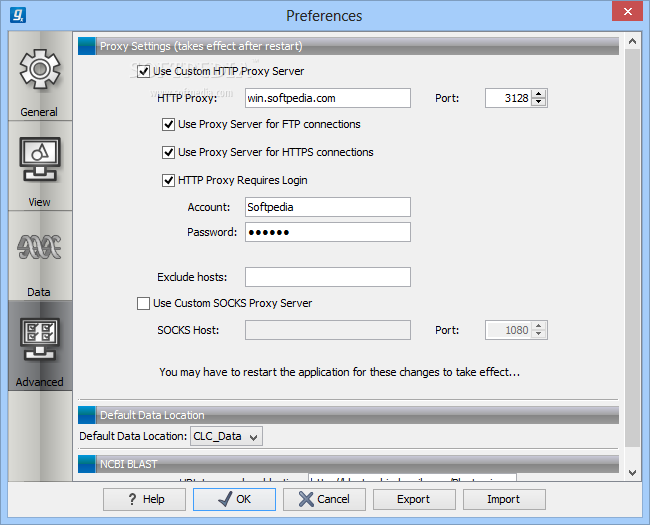
- Allocating more memory into clc genomics workbench install#
- Allocating more memory into clc genomics workbench upgrade#
- Allocating more memory into clc genomics workbench software#
- Allocating more memory into clc genomics workbench password#
read mappings, RNA-seq analyses, smallRNA analyses, etc.) on CLC Genomics Server use external native binaries for the computational phases, and so do the tool for 2D-3D structure generation on CLC Drug Discovery Server.įor the grid worker java process, if there is a memory limit set in your clcgridworker.vmoptions file, this is the value that will be used. However, some tools involving de novo assembly or mapping phases (e.g. Most work done by the CLC Server is done via its java process. Logging in using SSL from the CLC Server Command Line Tools.Logging in using SSL from the Workbench.Is your Import/Export directory configured?.Running from CLC Server Command Line Tools.Configuring the selected post processing tool.Adding directories for BLAST databases on the Server.Client-side: starting CLC jobs on the grid.Controlling the number of cores utilized.Configuring licenses as a consumable resource.Model II: Master server submitting to grid nodes.User credentials on a master-job node setup.Model I: Master server with dedicated job nodes.What happens when a clc object is copied to another data location?.Configuring which fields should be available.

Allocating more memory into clc genomics workbench password#
Logging in the first time and changing the root password.Deployment of server information to CLC Workbenches.Limiting the number of cpus available for use.Setting the amount of memory available for the JVM.Accessing files on, and writing to, areas of the server filesystem.Logging into the administrative interface.Configuring and administering the server.
Allocating more memory into clc genomics workbench install#

Allocating more memory into clc genomics workbench upgrade#
Allocating more memory into clc genomics workbench software#
When you open the existing CLC Workbench client on your computer, you are prompted to upgrade the software with the latest version, and provided a download link.They have not changed, but you will need to manually enter them when you upgrade your CLC Workbench client software. Before you upgrade your existing client, please take note of the existing license server setting (see below).Please make sure you download v8.01 of the software and install any required plugins that you may need.Support all the major next-gen sequencing platforms, such as SOLiD, Ion Torrent, Complete Genomics, 454, Illumina Genome Analyzer and also Sanger. Acquired in collaboration with the Institute for Plant Genomics and Biotechnology. Comprehensive suite of tools for analysis of next-gen sequencing data including resequencing data, workflow management, read mapping, de novo assembly, variant detection, RNA-Seq, ChIP-Seq, and trio analysis.


 0 kommentar(er)
0 kommentar(er)
